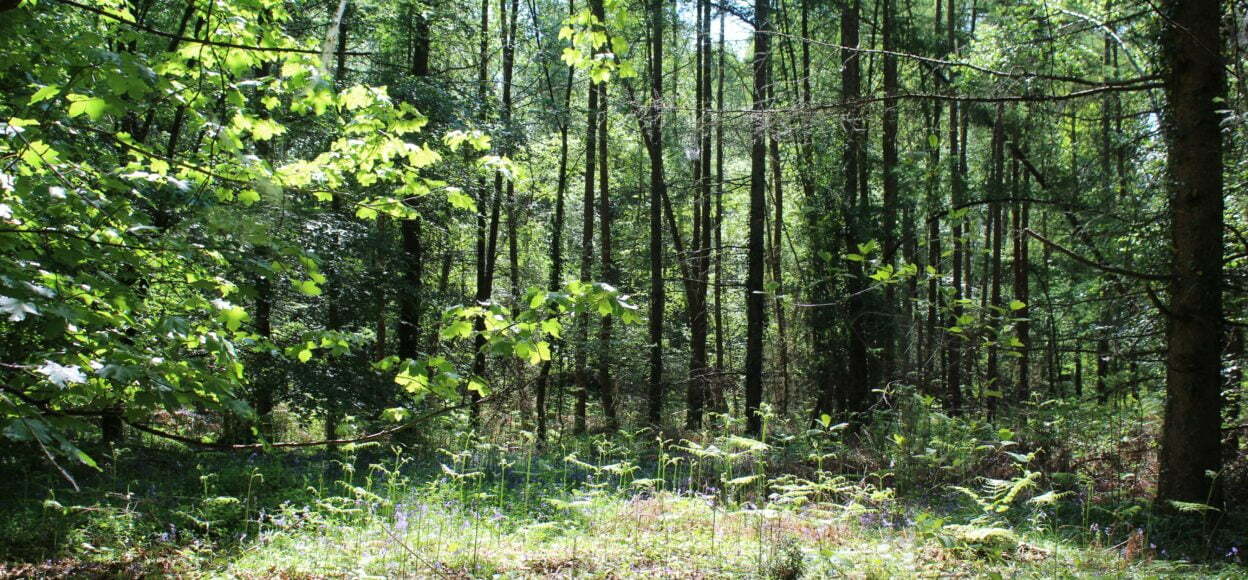BNG aims to ensure that wildlife habitats are left in a better state than before development. hgh Director Matthew Robinson suggests you may want to act quickly.
BNG: What is required, and when?
The legal requirement for BNG was due to come into force from November 2023. However, the government has now postponed this until January 2024 (press release). BNG for small sites (less than 10 homes or 1,000 sqm of non-residential floorspace) will be applicable from April 2024, and from 2025 for Nationally Significant Infrastructure Projects.
BNG will require an uplift in biodiversity of at least 10% (although some LPAs may ask for more through local plans) and will apply to all developments with some limited exemptions. The preference is for BNG to be delivered on-site.
How is BNG measured?
Measuring BNG is complex and requires a qualified ecologist who will map and classify existing habitats, input them into a metric (DEFRA’s 4.0 metric is the mandated version, but other local metrics exist) and make recommendations on how to achieve the net gain required.
What are the options if on-site BNG isn’t achievable?
If a sufficient net gain can’t be achieved on-site, off-site solutions will be required. This could include using:
1 Additional land under the applicant’s control (consideration would need to be given to land costs, habitat instatement and management costs; but also the potential to sell excess BNG credits);
2 Third party ‘habitat banks’ where off-the-shelf BNG credits can be purchased (this can include other developments with excess credits to sell); and
3 Statutory biodiversity credits from Government – a last resort, and very expensive.
Off-site solutions must be secured up-front, at the point of determination (full details of the solution can be secured by condition).
How much does off-setting cost?
Third party habitat bank prices vary geographically and are around the £20k-£40k per unit. Prices are likely to fluctuate as the balance of supply and demand changes. When off-setting, try to do so in the same local authority area. It’s more expensive to off-set in neighbouring authority areas/further afield as the metric applies a spatial multiplier.
Statutory biodiversity credits are very expensive … on purpose. Government wants to encourage local solutions and not undermine the private market. Credit prices can be found here (due to the spatial risk multiplier, to use these credits you have to buy two credits for every one you have to offset, thus making it even more expensive).
Consider ‘Stacking’
Stacking means the same habitats created as biodiversity units can also be bought/sold on other markets, for example where there are issues with nutrient neutrality (although we are yet to see what the government’s strategy for dealing with nutrient neutrality will be).
What’s the time commitment for managing BNG habitats?
30 years, secured under S106 or conservation covenant. Looking past the 30-year commitment, the habitats created may be secured through mechanisms such as tax incentives, investment bonds or the resale of credits provided additional BNG uplift can be achieved (this will be confirmed by government as the BNG market matures).
Implications
The legal requirement for BNG has – as is typical with this government – been pushed back, but not significantly.
Whilst detailed guidance is still lacking, the overall target is likely to remain at 10%. But it’s important to recognise that 10% is a minimum. Some local authorities are already putting policy in place for more than this. 20% in some cases.
It’s worth noting that the requirement (as far as we can tell) will only apply to applications submitted after the deadline dates. So, you might want to get your applications in sooner if you can.
It’s also very unlikely that all local authorities will have sufficient expertise in-house to deal with BNG which will apply to just about all applications. This could this lead to delays in determining planning applications, or onerous ‘worst-case’ thinking.
Applicants should certainly be considering BNG early in the development process (i.e. when purchasing a site), particularly for sites containing important habitats, the loss of which could be very difficult and costly to off-set.
It’s certainly going to be very expensive to rely on the government’s statutory credits (£125,000 for one unit of pond), with the preference being for BNG to be secured on or near development sites.
And clearing a site before you buy or submit for planning won’t work either. The LPA will be able to ‘back-date’ the baseline position; and there could be much scope for argument about what the value of a site was pre-clearance.
Remember also that BNG needs to be secured for a minimum of 30-years, alongside a commitment towards management and maintenance (although in theory the land could be brought into another use afterwards). This is where buying third party credits where management and maintenance costs are ‘baked-in’ to the price could be more attractive.
There are opportunities too though – landowners can use land without development potential to provide habitat credits needed elsewhere. This could prove to be very profitable.
If you’d like to know more about BNG and implications for planning and development, please get in touch with Nathan Jenkinson (Tyler Grange) and Matthew Robinson (hgh Consulting).

